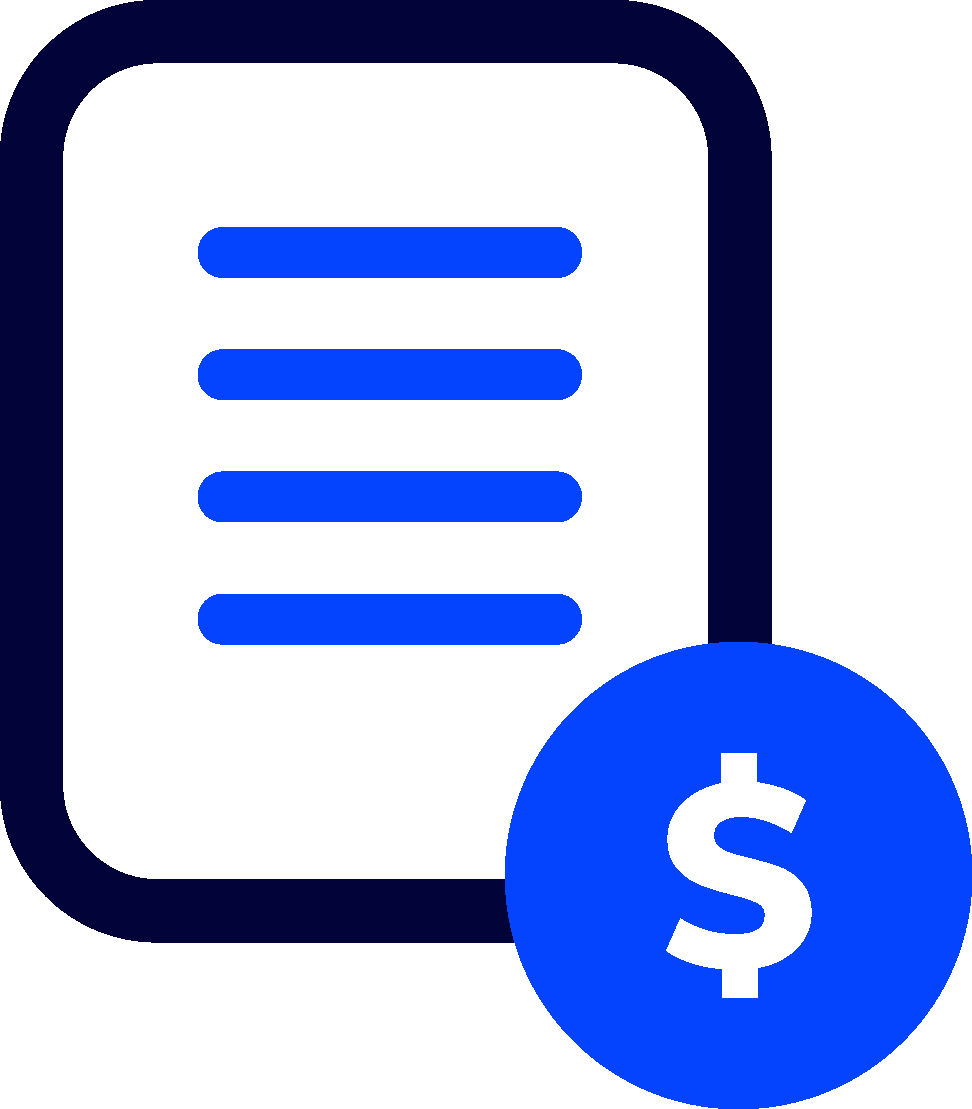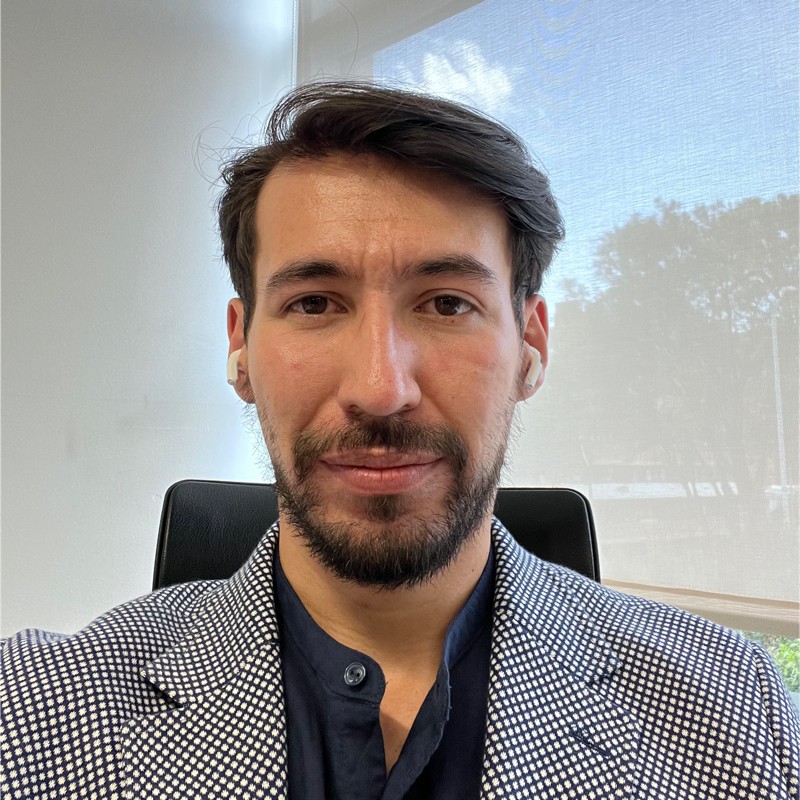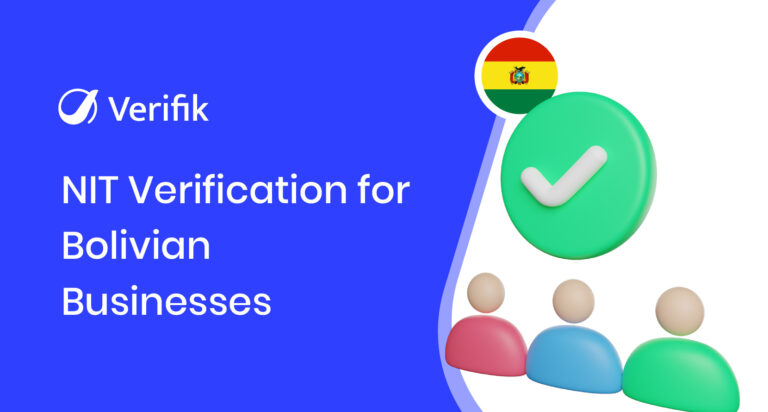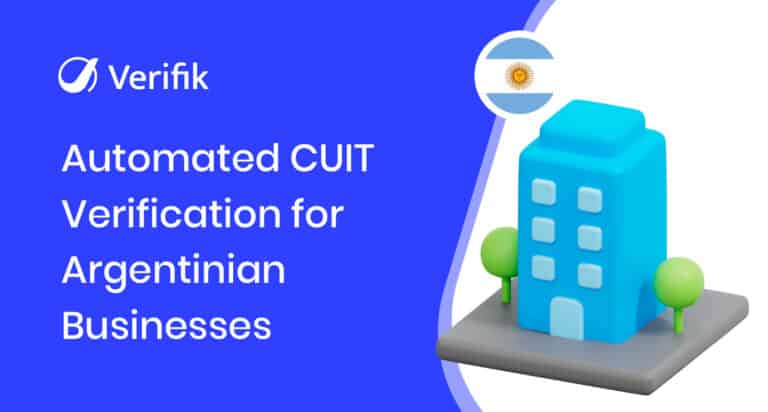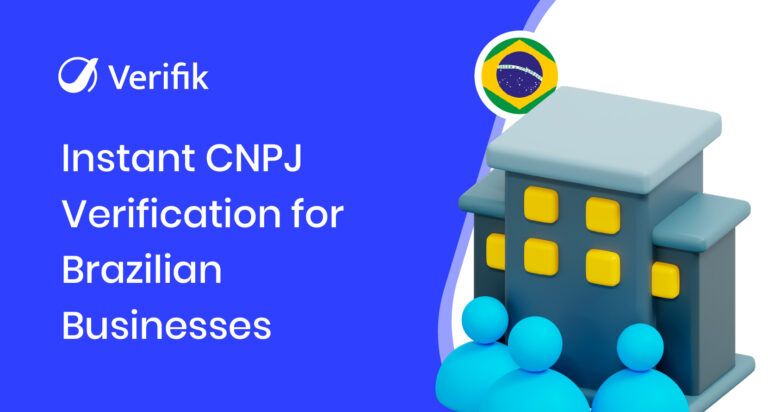In today’s financial world, combating money laundering has become an indispensable priority for companies in the financial sector. Since the excessive increase in illicit activities in recent years has raised the need to establish more robust and effective measures to protect the integrity of the global financial system. And specifically, KYC and AML regulations are what are changing the way money laundering is combated, detected and prevented globally.
“Around 1.6 trillion dollars, representing 2.7% of global GDP, are lost to money laundering by criminals. Including drug traffickers and organized crime, said the Panel on Accountability, Transparency and International Financial Integrity” El Economista mx
And this is just one of the alarming statistics. Is why in response to this problem… KYC (Know Your Customer) and AML (Anti-Money Laundering) regulations have emerged as fundamental pillars in the fight against these criminal practices.
Money laundering is a process by which hidden income is generated through illicit activities and incorporated into the financial system, thus giving it the appearance of legality.
It is a global problem that affects economies of all sizes, destroying financial stability and destroying confidence in the markets. Surely you have heard about these problems. But do you know what these acronyms mean and what they are used for?
Importance of KYC & AML regulations
KYC and AML regulations have emerged as a forceful response to different illicit activities, but in particular to detect and prevent money laundering.
However, let’s first clarify the terms; what are KYC regulations used for? They focus on the basic principle of (Know your customer). Requiring financial institutions to perform due diligence to identify and verify the identity of their customers. This involves collecting personal information. Such as names, identification numbers, and other data to assess the validity and integrity of the data provided.
On the other hand, AML regulations focus on preventing and detecting one of the illicit activities. That most worries state institutions and businessmen in the world. Money laundering, as has become the biggest threat to companies and the most worrying thing is that most organizations are still unaware of the magnitude of this problem. Although many have been victims of it, very few have joined efforts to prevent this risk.
However, over time, controls and processes have been established to identify suspicious transactions, monitor financial activities, and report any illicit activity to the competent authorities.
How to prevent money laundering?
To prevent the practice of money laundering, a total approach that incorporates robust regulations and identity verification technology. Such as Verifik’s, is essential as the implementation of this combination of measures given that it greatly improves the ability to detect and combat money laundering.
The keys to preventing money laundering should include
Implement KYC policies and procedures
A due diligence process to verify the identity of customers may include only the validation of basic data to know the identity, reputation, and background of users. Information that you can validate in the APIs of Verifik.co. Where it is easy and fast to make multiple queries of data such as: Name, ID and background.
Know everything you can validate in Verifik APIs.
Verifik, however, has the most effective and accurate way to do a complete user verification. And that is by combining data validation with biometric technology. With which it is possible to perform an accurate comparison. Between the biometric record and the photo of any legal document of the user, such as ID Card, Driver’s License or Passport.
But, to make a more complete assessment of the risk of money laundering of each customer and transaction. It is important to make use of the AML (Anti Laundering Money) regulation, for this. It is also necessary to use technological tools for identity verification. Which show the risk of incorporating any user to the organization.
And you can find them in Verifik. Where it is also possible to make much more specialized consultations of criminal records in sources such as: OFAC, FBI, Europol, DEA, among others.
Preventing money laundering is a constant challenge for financial institutions and regulators. However, the implementation of effective measures to help reduce risk and protect the integrity of the financial system has become a fundamental axis of businessmen around the world.
Prevent Money Laundering with Verifik
Preventing money laundering is a top priority in today’s business world. And Verifik is here to help you with this challenge. Our identity verification solution allows you to authenticate and verify users in seconds.
Verifik is a technology tool that, among its many uses, includes preventing the widespread practice of money laundering in today’s business environment. With our identity verification solution, you can verify and confirm user identities in seconds.
By using our technology platform, companies, and startups can validate data and perform real-time verifications, including biometrics, to ensure fast, secure, and reliable user onboarding.
Numerous companies have relied on Verifik’s identity validation solution to prevent fraud of all kinds. The importance of the solution increases, especially in the fintech and proptech domains. Which are particularly exposed to potential risks such as money laundering.
KYC and AML enforcement is an important factor in the fight against money laundering. And Verifik is the tool and security bridge your business needs to improve its compliance and avoid money laundering. Thus maintaining the reliability, reputation, and therefore sustainability of your company.
What is smartENROLL, and how does it help my business?
smartENROLL is Verifik’s comprehensive user onboarding solution that uses advanced identity verification technologies, such as facial recognition, liveness detection, and document scanning. It simplifies the onboarding process by automating tasks, validating data against local and international sources, and ensuring compliance with KYC/AML regulations. With its Passive Facial Liveness architecture, smartENROLL detects presentation attacks using just the same single-image selfie, reducing abandonment rates, preventing identity theft while enhancing user experience. It’s ideal for businesses in any industry looking to onboard users securely and efficiently.
How does smartACCESS improve platform security?
smartACCESS is a password-free login solution that combines Biometric Scanning and one-time passcode (OTP) technology to provide secure and seamless access to your platforms. It verifies facial features in real-time to prevent impersonation and deepfakes, ensuring only authorized users gain entry. By eliminating passwords, smartACCESS reduces the risk of data breaches and simplifies the login process, saving time for both users and businesses. You can customize login options (email, phone, or biometric) to suit your needs.
What is DataBase Screening, and why is it important?
DataBase Screening is Verifik’s service for validating user information against trusted local and international databases, such as Interpol, RUES, SIMIT, and government registries (e.g., CNPJ in Brazil, CUIT in Argentina). It helps businesses verify identities, check for criminal records, and ensure compliance with regulatory requirements. This service is critical for preventing fraud, improving database quality, and maintaining trust in industries like finance, events, and e-commerce.
How does smartENROLL support regulatory compliance?
smartENROLL is designed to help businesses meet legal and regulatory requirements, such as Know Your Customer (KYC) and Anti-Money Laundering (AML) standards. It validates user identities through biometric checks, document scanning, and data verification against multiple sources. By automating these processes, smartENROLL reduces manual errors and ensures your business stays compliant with industry regulations while protecting against fraud.
Can smartACCESS and smartENROLL be customized for my brand?
Yes, both offer advanced customization options. You can adapt the design by modifying colors, text, and messages in the interface and communications to align with your brand’s identity. Additionally, you can enable login options like email, phone, or facial recognition to suit your platform’s needs, ensuring a consistent and secure user experience.
What industries benefit from Verifik’s DataBase Screening?
DataBase Screening is valuable for industries requiring high levels of trust and compliance, including financial services, event management, e-commerce, and healthcare. For example, customers use us to screen people people or even vehicles, all done throught an API integration. This ensures secure operations and regulatory adherence across sectors.
How does smartENROLL prevent fraud during onboarding?
smartENROLL uses a combination of liveness detection, facial recognition, and document verification to ensure the authenticity of users. Additionally, it cross-references user data with trusted databases to detect identity theft or fraudulent documents, providing robust fraud prevention.
How does DataBase Screening integrate with other Verifik products?
DataBase Screening works seamlessly with smartENROLL and smartACCESS to provide end-to-end identity verification. For example, during onboarding with smartENROLL, govenment IDs data is extracted and cross checked with government or criminal records.


